The Art of Collaboration: DJ Koze, KiNK, Kowton, Dark Sky, Breach, Peverelist, Marc Romboy and More Talk Teamwork
For much of the 20th century, creating dance music required a band. But following the […]
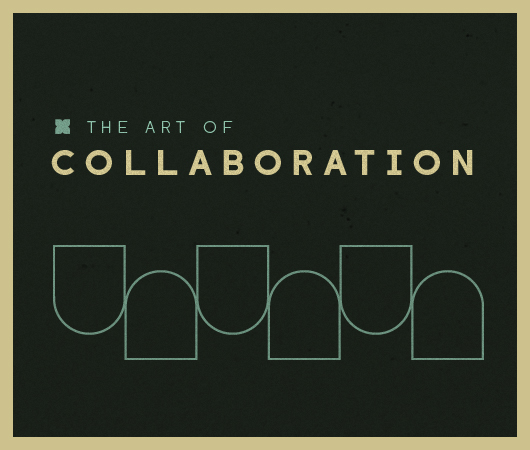
The Art of Collaboration: DJ Koze, KiNK, Kowton, Dark Sky, Breach, Peverelist, Marc Romboy and More Talk Teamwork
For much of the 20th century, creating dance music required a band. But following the […]

For much of the 20th century, creating dance music required a band. But following the advent of consumer-grade sequencer technology in the 1980s, a fundamental shift has occurred. Developments like MIDI and digital-audio workstations have made it easier than ever to go the auteur’s route. And indeed, more often than not, the world’s dancefloors are now mostly fueled by the works of solo individuals and not group projects. Yet the art of collaboration hasn’t disappeared entirely; the same computer technology that empowered individual producers has also enabled new kinds of musical teamwork, as communications technology now allows artists in far-flung locales to easily transcend their distances. Speaking with a number of producers on the subject, one gets the feeling that collaboration is not only far from being a relic, but can almost be regarded as a necessary part of operating within today’s electronic landscape.
Kowton (a.k.a. Joe Cowton), who recently released the excellent “Raw Code” b/w “Junked” with Peverelist (a.k.a. Tom Ford), sums up the general feeling. “As a producer, you’re like a one man band,” he says. “I think it would be kind of, I dunno, quite arrogant to just presume you can do everything to the best it can possibly be [done] as a single entity. I think if you invite other people into the process, it makes for a more interesting result. It’s not always that something good comes out of it, but it’s worth the risk.” This sentiment is shared by Bulgarian acid-house producer KiNK, who reflects on his long history of collaboration fondly while discussing his recently released Sampledelics Vol. 2 with Marc Romboy. “[Collaboration] appeals to me because you have twice the quality control,” he explains. “You have two people who can work on something more precisely together. I don’t think that I’ve invented everything. I still think I can enrich myself, and the best way of doing that is when you do it with someone else.” Romboy chimes in by saying, “The thing is that it’s always very nice to work on your own, because you can direct your own ideas without compromises. But I find it exciting and interesting to work with people and friends who are in the same area of music but [have] different approaches when it comes to producing.”
Kowton
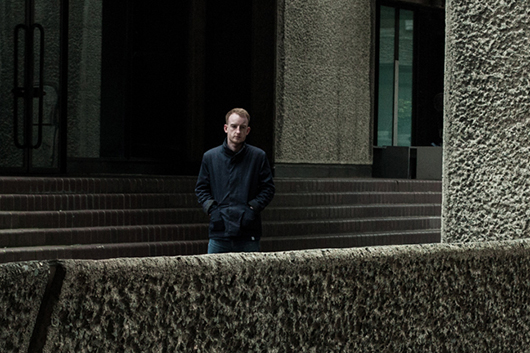
Breach (a.k.a. Ben Westbeech) sums up his experiences working with South London trio Dark Sky for their recently released “The Click” b/w “The Fallout” by saying, “Definitely, some of the sounds the guys were using, it’s like [Dark Sky] was going through things in my library and they were pulling out samples that I hadn’t necessarily heard in ages, and I was like, ‘Fuck, I forgot about that sample pack,’ or ‘I forgot this synth could do this.’ So it’s about having your eyes open to different software. But they’d get sounds out of the Korg Mono/Poly that [made me say], ‘Whoa, how did you get that?’ And that was interesting, seeing how different people use different equipment that you’ve got. It’s like someone going through your vinyl collection. Like, if you’ve got a house party, and someone’s like, ‘Ah, can I play your records?’ They’ll draw tunes and you’ll say, ‘Oh my God, I can’t believe I have this tune.’ It’s like you couldn’t remember it, but somebody else brought it out of your collection.”
It’s a recurring theme, the idea that working with others often illuminates new and different ways of working. KiNK, once known for his software wizardry, explains, “When I started to make music, I hadn’t had the ability to buy much hardware, so I started making music on the computer. So for me, for many years the ideal workflow was just in the box, with one type of software, and I should be able to make everything inside. And through my collaborations with Neville [Watson] and Marc, I learned that actually having different audio sources is really cool.” Carlo Anderson of Dark Sky describes a similar epiphany that took place when the group was working in Westbeech’s impressive hardware-lined studio. “That was probably the biggest difference, that Ben uses a lot of hardware,” he explains. “We’re starting to, but he already has quite an extensive studio.” Groupmate Matt Benyayer jumps in to add, “His way of having all his equipment on so there’s no machine barrier between the creative input—you can put ideas down without hesitation.”
Breach
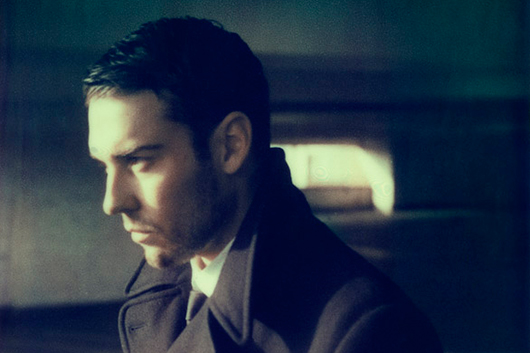
This notion also resonates in the digital world. For instance, Marc Romboy enjoys working with other producers because of the way it introduces him to new plug-ins. “There are so many, that every time I work with someone, I’m really surprised and amazed by what he recommends to use,” he explains. “And due to the fact that there are hundreds and thousands of plug-ins and not only synthesizers but compressors and effects and other things, I’m always impressed by how many good things we have.” Ken Ishii, who worked with Marc Romboy on the freshly released Taiyo LP, says, “Marc was keen on fat analog leads and sequences, and I was on abstract digital pads and rhythm tracks. You get different sounds and different ways to put sounds and loops together and add EQ’ing and compression from yours. Trying to combine those different elements with my own ways is fun and [that is] what develops me in making music.”
Clearly, encountering differing production philosophies is another important aspect of collaboration. Kowton explains the influence of working with Peverelist by saying, “He’s got quite a brutalist take on it, taking things out constantly. I’m quite rash and I tend to rush things quite a lot, and he’s more methodical. I’m like, ‘Right, let’s throw this in.” And he’s like, ‘You know what? Delete all that, start again.’ I’m throwing throwing [ideas] on the page and Tom’s kind of deleting them. The way I’ve written tracks since, I always think, ‘Can I take that thing out? Can I get away with taking that thing out? Yeah, that works.'”
Marc Romboy and Ken Ishii
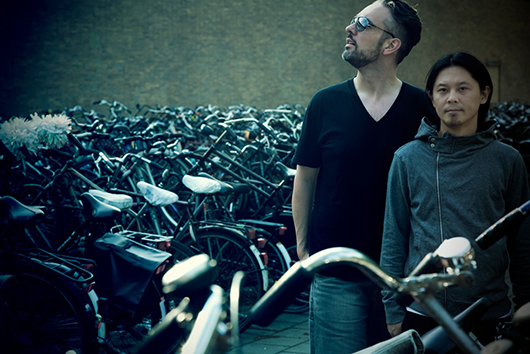
Sometimes, this clash of differences can lead to otherwise unexpected results. Romboy says that Taiyo in particular benefitted from this. “[The record] was actually a demo, which was on my hard disk [for] a couple of years,” he explains. “I liked this [one] track, but I had no idea how to finalize it. And so I sent this demo to Ken and said to myself, ‘Maybe let’s try [it] with a different frequency or sequence,’ and he returned a couple of days later with 10 different instruments and melodies. I downloaded all the single tracks and listened to them in my office and said, ‘Yeah, it sounds quite interesting, but doesn’t fit [together] because [everything] is in a different key.’ And then I went to the studio and included all the tracks and pressed the play button and I was totally surprised and perplexed because it had, I know it sounds pathetic, but it had this magical moment that really amazed me.”
The interesting thing about the collaboration between Romboy and Ishii is that it happened entirely remotely. Ishii says, “For the last 10 years or so, collaborating has been getting easier for electronic musicians. It’s because [everyone uses] similar music-producing formats/systems. Like, you just can exchange WAV files, and sometimes even exchange ‘Session files’ as well. In my case, [Marc] uses ProTools, which I use in my studio.” This is far from a rare occurrence these days, and although one might think it’s a less ideal scenario than being in a physical studio together, Romboy points out, “It’s not as important as I thought, because once you realize that you are on the same vibe, if you realize that you fit together, it surprisingly doesn’t matter if you’re working from a distance or not. I can’t really explain it, but I think the state of mind is more powerful than [whether] you are [spending] time together physically or not.”
Dark Sky (by Lily More)
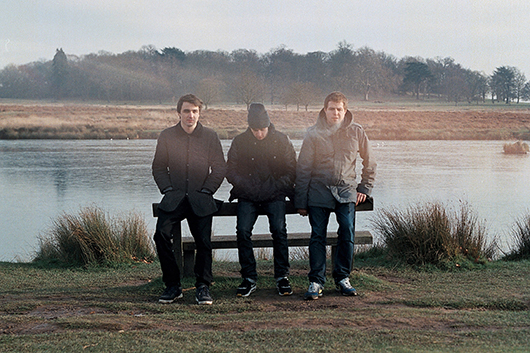
Producing in collaboration also has the benefit of giving another set of ears. Kowton explains, “The thing to quantify is that when someone else is in the room with you, you think more about them. In the same way that when you play a finished track back for someone, you instantly hear it from their perspective more than you would if you hadn’t done that. There’s a lot to be said for trying to second guess someone’s opinion and trying to act in that fashion.”
Similarly, having someone else involved in a project can also help break past creative walls. Tom Edwards of Dark Sky says, “I’m a lot slower when I write music. I can hit a wall quite early on. But working with other people, like Matt and Carlo, they bring that extra bit of inspiration by bringing other stuff to the table than [I would have] on my own.” Marc Romboy agrees. “It’s like when you’re married, or have a good buddy, or you’re [playing] sports. It’s always nice [because] when you reach a point of doubt, your partner can convince you and give you a secure feeling again.” For example, when putting the finishing touches on “Pump It” with KiNK, Romboy says he initially wasn’t so sure that it was something he wanted to release. “We reached a certain point where I was uncertain with the substance of the track,” he explains. “I thought it sounded too much like a Chicago track, but at this time, KiNK told me, ‘I am 100% convinced that this is a great tune.’ [Having this sort of feedback and encouragement] is of course nice, and easier than working on your own.”
KiNK

On the other hand, working with others can also result in friction, although this too can be a benefit if navigated correctly. Westbeech says, “It’s good to have tension in a creative environment. People have ideas, and everyone’s quite headstrong, and everyone wants the best. It’s a good thing to clash. Sometimes [with] the best collaborations I’ve done, you’ve been arguing because everyone wants the best for the track. So if the idea’s going to go in, you’ve both got to agree on it—so you both have to work together.” Specifically, he points to his recent work with Dark Sky, saying, “You have to be a little bit open. If you’ve got a groove, and you say, ‘This is definitely going in the tune,’ and those three are like, ‘This is wack, I’m not in it,’ then you’ve got to say, ‘Oh, okay.’ You have to sort of drop your barriers for what you want exactly and just be open to working with other people.”
To some extent, this explains DJ Koze‘s distinct dislike of collaboration. Though his upcoming album Amygdala is an effort that incorporates the vocals of multiple collaborative artists, he generally shies away from working with others. “It’s not increasing the quality of the music if there are too many ideas in the studio,” he says. “I need to have my peace, drink my wine, or I smoke or something. And then I have to let go, and go like a weirdo into the sound, and at some point, you find some magic. It’s not so easy if too many people are working on the knobs.” He has high praise for the vocalists that worked on his album, but he stresses that some things are just better done alone. “When we have to find an arrangement or a better part here, this is work that you can sometimes do better alone. If two people are skipping the snare sounds the whole night, the fire of the first idea of the song is buried before it’s burning. Somebody has to step forward with positions and then you can let go and say, ‘I like this much more.'”
DJ Koze
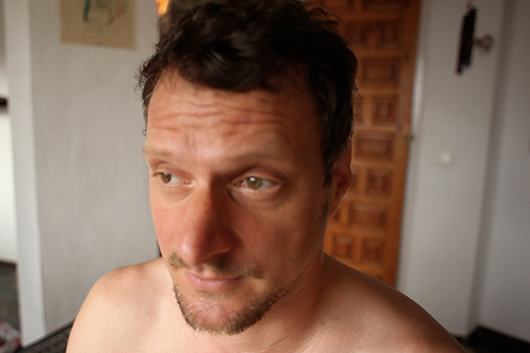
Not everyone shares his views. Kowton responds, “I’ve worked with other people and if someone’s too controlling, then it can become quite awkward. It generally flows quite evenly. For this Hessle record, I was trying to work out who did what on it, but it was really 50/50—you couldn’t claim either side.” Peverelist adds, “If it’s a good collaboration, then it should be greater than the sum of its parts. [The record with Kowton] shouldn’t just be my sounds plus Joe’s sounds equals the finished thing. It should be more of a creative process.”
The key to achieving such a mixture seems to be in letting go. In that spirit, Marc Romboy offers his advice for young producers embarking on collaboration for the first time: “I would say don’t be too dominating. Because only when you are relaxed and listening to what the other person suggests can you learn a bit. I think it’s the best way, to just let it happen and not to say, ‘I’m strong in arranging’ or ‘I’m strong in mixing, so let me do that in the beginning.’ Just let it flow and try to figure out if the partner can try to teach you something that you didn’t know before. This way of collaborating has enriched my knowledge a lot.”

